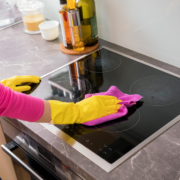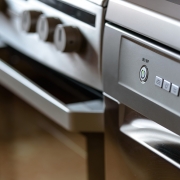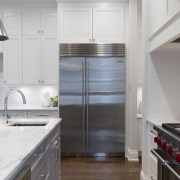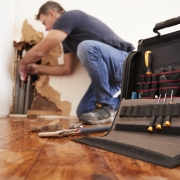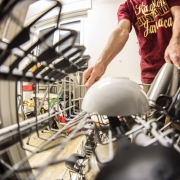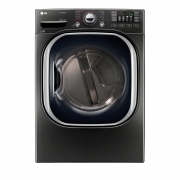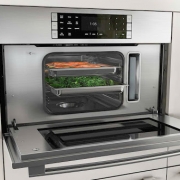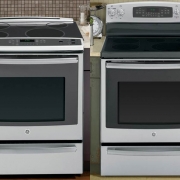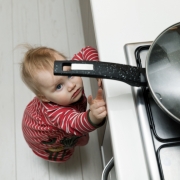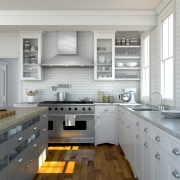How to Clean Your Glass Top Stove without Scratching It
We know how much you love your glass stovetop, and at Absolute Appliances Repair in San Francisco, we also know how to help you clean it and take care of it so that you reap many good years of service from it. However, our customers may not know the proper ways to clean it without leaving behind unsightly scratches and evidence of rigorous cleaning, which can not only detract from your stove top’s beauty, but can also eventually compromise its integrity.
Read on to learn the proper ways you can shine up your glass top stove without damaging its strength and beauty.
- Wait Until It’s Cooled Down
Don’t remove pans and immediately move to scrubbing. While you may think this will help remove large food particles, it can actually cause unnecessary damage to the surface. When the stove top has cooled, wipe off any large food particles first with a soft cloth. Never use a steel wool pad or other course tool for scraping! While you want to wait for your top to cool before cleaning, you also want to get to it as soon as possible once it’s cooled.
- Soak Your Cleaning Cloth
Use a microfiber cloth and soft dish sponge to clean your glass stove top, along with baking soda and a little bowl of hot water with some dish soap stirred in. Soak your cloth in the soapy hot water and while you’re doing that, sprinkle the baking soda onto the surface to be cleaned.
- Dribble and Wait
After your microfiber cloth has soaked in the soapy water for a bit, take the cloth and wring out the water onto the stove top. Then, take your cloth and place it right on top of the area(s) to be cleaned. Let the hot water, soap, cloth, and baking soda sit for about 15 minutes to gently lift particles from the stovetop’s surface. For heavily soiled tops, let it soak for about 30 minutes.
- Lift and Wipe
Once the allotted time has passed, simply remove the rags from the stove top and wipe away the particles and baking soda. Begin at the top of the glass stovetop and work your way down towards you. Once that is done, take your soft sponge and wipe away any debris that remains. Finish up with a nice soft, dry towel to get rid of any lingering water.
That’s it!
If you need help cleaning your glass top stove in the Mill Valley area, contact our experts for sound advice. You can also count on our professionals in appliance repair in Marin County if you have any issues with your stove, oven, refrigerator, or any other appliances you own. Contact us today and let us know what we can do to help you!

